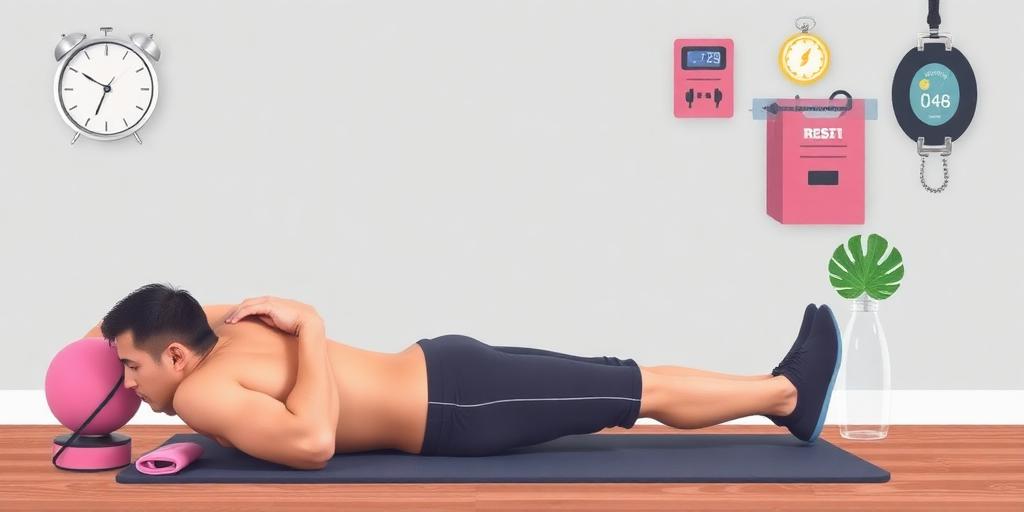How Rest and Recovery Fit into Your Workout Program
In any workout program, rest and recovery are as crucial as the exercise itself. Often overlooked, these elements allow your body to repair and rebuild, leading to improved performance and reduced risk of injury. Let’s explore how to effectively integrate rest and recovery into your fitness routine.
The Importance of Rest
Rest is not merely about taking days off; it’s an active process that allows your body to adapt to the stress of exercise. During workouts, your muscles undergo microscopic damage. Rest periods provide the time needed to repair this damage, making your muscles stronger and more resilient.
Types of Rest
- Active Recovery: Involves low-intensity activities like walking, light stretching, or swimming. This helps increase blood flow to muscles, reducing stiffness and promoting healing.
- Passive Recovery: This is complete rest, such as a full day off from exercise. It's essential for allowing your body to fully recover and replenish energy stores.
- Sleep: Adequate sleep is critical for recovery. Aim for 7-9 hours of quality sleep each night to optimize muscle repair and hormonal balance.
Signs You Need More Rest
- Persistent Muscle Soreness: Lingering soreness that doesn’t improve with activity.
- Decreased Performance: A noticeable drop in strength, speed, or endurance.
- Increased Fatigue: Feeling tired even after adequate sleep.
- Mood Changes: Irritability, anxiety, or difficulty concentrating.
- Increased Injury Rate: More frequent aches, pains, or acute injuries.
Integrating Rest into Your Program
- Schedule Rest Days: Plan for at least one or two full rest days per week. These should be non-negotiable.
- Alternate Workout Intensity: Mix high-intensity days with low-intensity or active recovery days.
- Listen to Your Body: Don’t push through pain or excessive fatigue. Adjust your schedule as needed.
- Periodization: Structure your training in cycles, including periods of higher intensity followed by periods of lower intensity or deloading.
Recovery Techniques
- Nutrition: Consume a balanced diet with adequate protein, carbohydrates, and healthy fats to support muscle repair and energy replenishment.
- Hydration: Drink plenty of water to maintain optimal bodily functions and aid in recovery.
- Stretching and Mobility: Regular stretching and mobility exercises can improve flexibility, reduce muscle tension, and enhance recovery.
- Foam Rolling: Self-massage using a foam roller can help release muscle knots and improve blood flow.
- Massage Therapy: Professional massage can further enhance muscle recovery and reduce soreness.
- Cold and Heat Therapy: Applying ice packs or heat packs can reduce inflammation and promote healing.
Sample Weekly Schedule
- Monday: Strength Training (High Intensity)
- Tuesday: Active Recovery (Light Cardio, Stretching)
- Wednesday: Strength Training (Moderate Intensity)
- Thursday: Rest
- Friday: Strength Training (High Intensity)
- Saturday: Active Recovery (Yoga, Swimming)
- Sunday: Rest
Conclusion
Rest and recovery are integral to any successful workout program. By understanding the importance of these elements and actively integrating them into your routine, you can maximize your results, minimize your risk of injury, and achieve your fitness goals more effectively. Listen to your body, prioritize rest, and watch your performance soar.









